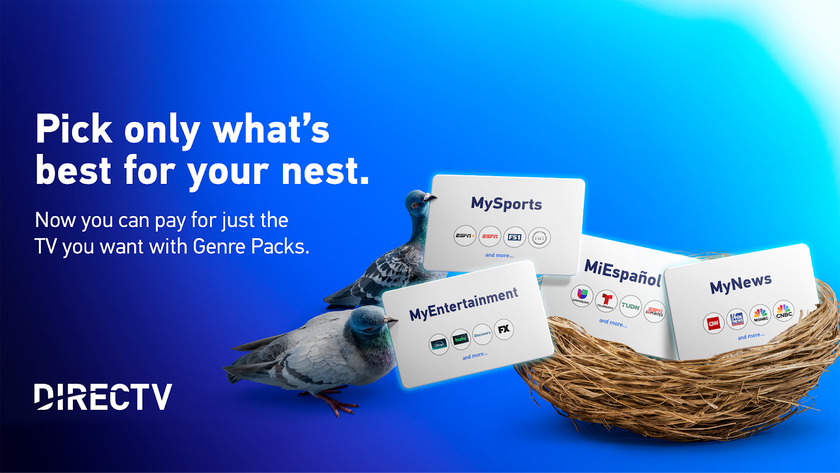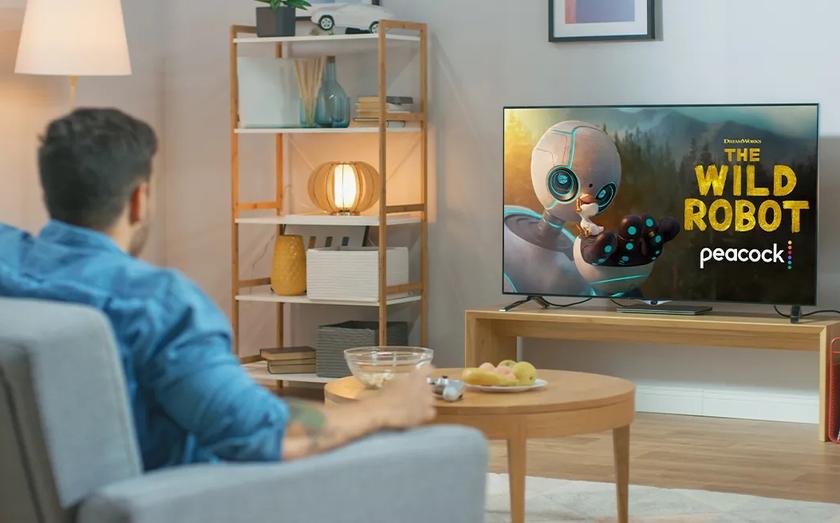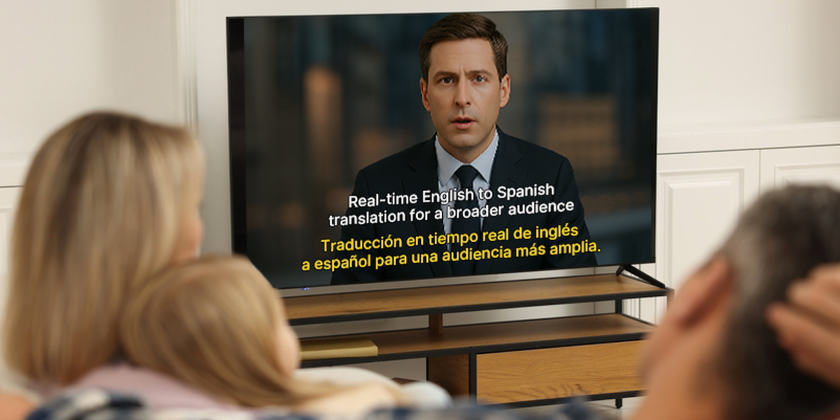Managing remote playout using public Internet, Part 2

In Part 1 of this two-part feature, Don Ash of PlayBox Technology describes a project the company carried out with FOX International that enables the broadcaster to reach new markets with a cost-cutting product dubbed the FoxBox.
Content owners are only too aware that there are three ways to maximize the profits of their content: increase the cost of the content, decrease the distribution costs or deliver the content to a wider audience.
In the current climate, increasing content costs is very difficult, and even if possible, these revenues can be maximized by cutting delivery costs and delivering to a wider audience.
Satellite and fiber link costs can be prohibitively expensive where the content owners locally brand the material themselves before delivering to the local market, and using the services of multiple playout centers around the world to locally brand the content for the specific market can be even more expensive as well as not allowing flexibility.
Reaching new markets and locally branding in markets where there is an unbranded general feed will increase viewers and advertising revenues
Built in conjunction with FOX International Channels Italy, the FoxBox allows content owners with one or more channels played out to their local market to deliver locally branded content with local advertising, branding, multilingual audio and subtitles to any market worldwide.
This white paper sets out to explain the workflow and the processes involved for remote playout anywhere in the world with public Internet.
Get the TV Tech Newsletter
The professional video industry's #1 source for news, trends and product and tech information. Sign up below.
Workflow description
Daily playlists are created in the traffic system that is integrated with media asset management. The daily playlists are sent to the remote Playbox AirBox system located anywhere in the world and converted where necessary to the PlayBox house playlist format.
Every file that is transferred is checked at the remote location to match the original file using error detection algorithms and then sent to AirBox. So in the unlikely event a file is corrupted during the transfer, it will not affect the output of both AirBox playout servers.
Missing media files
At the remote location, the remote service application will check the media required in the playlist and will search for the media locally. If the media is not available locally, it will generate a missing items list that is sent back to the MAM to request the media files and subtitle files required for playout. If the media files are still not online, the remote service application will resend the missing items list at regular intervals while the media is still missing.
When the MAM system receives the missing item list, it will first check to see if the media is available in the correct delivery format for the remote location. If not, the MAM system will next check to see if the media is available in a high-resolution format.
If the media is available in the high-resolution format, then the MAM will send the media to the file transcoding system to be transcoded to the correct delivery format. Transcoded files are delivered to the remote location and distributed to both master and redundant AirBox servers.
Where the media is not available in either format, a capture list is generated by MAM to ingest the media that is then transcoded and dispatched to the remote location.
Following playout, AirBox creates the as-run logs. These are converted to the appropriated traffic format, if needed, and sent back to the traffic system for reconciliation and billing.
In Part 2, now that the content has been safely delivered to the remote site, Ash describes how the remote playout is managed.












